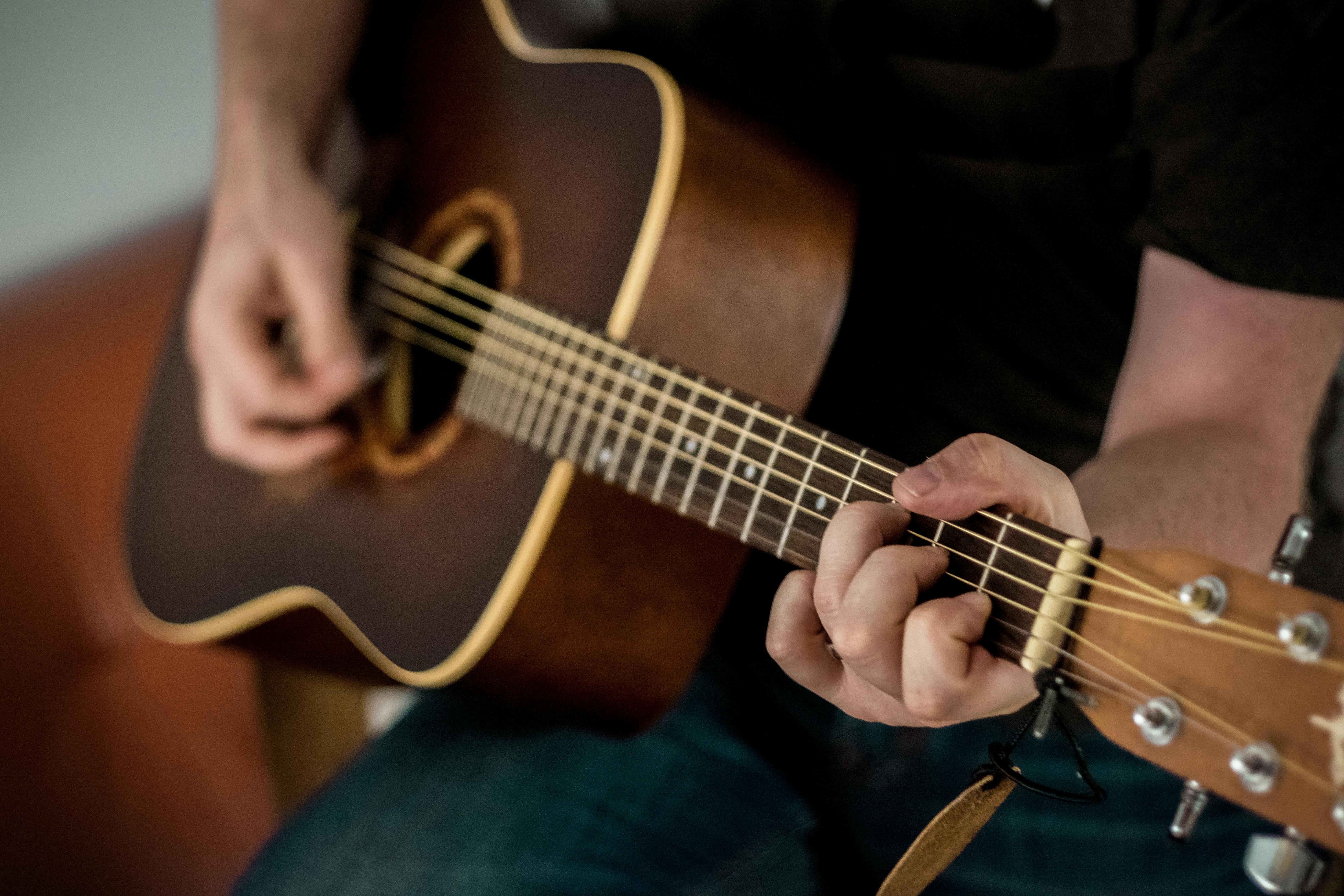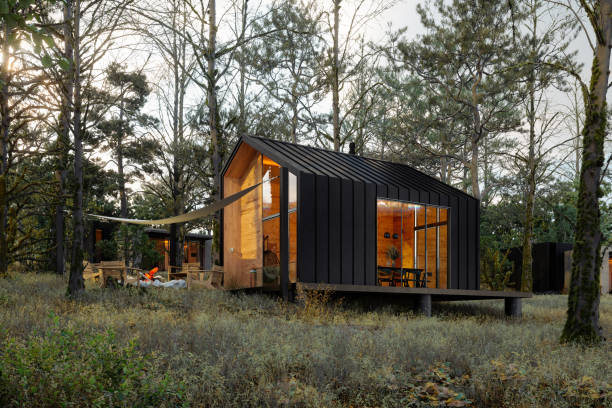Synesthesia in Music: A Sensory Symphony
Introduction: Delve into the fascinating world of synesthesia in music, where the ordinary boundaries between the senses blur and harmonize. Explore how this extraordinary phenomenon has shaped the landscape of music and continues to captivate artists and audiences alike.

A Symphony of Senses: The Basics of Synesthesia
Synesthesia is a neurological condition where stimulation of one sensory or cognitive pathway involuntarily triggers another sensory or cognitive pathway. For people with synesthesia, the senses often intermingle in unexpected ways. For example, they might see colors when they hear music, taste words, or associate numbers with specific hues.
The phenomenon has fascinated researchers and artists for centuries, and its influence on music in particular is both profound and intriguing. It has inspired musicians throughout history, from classical composers to contemporary pop stars, and continues to shape the world of music in unique ways.
Historical Impact: Synesthesia in Music’s Past
Music has always been an art form that appeals to multiple senses, but for synesthetic composers, this sensory crossover is literal and not just metaphorical. The most famous examples of synesthetic composers include Alexander Scriabin and Olivier Messiaen. Scriabin, a Russian composer, saw music in colors and even attempted to create a color organ that would display colors corresponding to different musical notes. Messiaen, a French composer, also experienced color when he heard music and incorporated his synesthetic experiences into his compositions.
Synesthesia has also been a recurring theme in the world of literature and visual arts. The symbolist poets of the 19th century, for instance, were fascinated by synesthesia and often used it in their work to blend sensory perceptions and create richer, more vivid imagery.
Contemporary Resonance: Synesthesia’s Modern Influence
In the modern music industry, synesthesia continues to be a source of inspiration and creativity. Musicians such as Pharrell Williams, Billie Eilish, and Lorde have publicly shared their experiences with synesthesia, explaining how it influences their songwriting and performances.
For these artists, synesthesia is not just a neurological curiosity—it is an integral part of their creative process. It provides them with a unique perspective on music and allows them to create songs that are not just heard but also seen, tasted, or even felt in a physical sense.
The Reception: How Audiences Embrace Synesthesia
Music lovers around the world have been captivated by the idea of synesthesia and its implications for the music experience. Some music festivals and concerts now even attempt to replicate synesthetic experiences for their audiences. They use lights, visuals, and even scents to accompany the music and provide a more immersive, multi-sensory experience.
While not everyone can personally experience synesthesia, the concept has certainly changed the way many people think about and experience music. It has opened up new possibilities for sensory exploration and made music a more vibrant, multi-dimensional art form.
The Future Symphony: Synesthesia’s Ongoing Impact
As we move forward, synesthesia’s influence on music is likely to continue growing. It offers a unique insight into the human brain and sensory perception, challenging our understanding of music and the arts. It invites us to question and expand our definitions of creativity, pushing the boundaries of what is possible in music.
From individual composers and musicians to entire genres and movements, synesthesia is a powerful force in the world of music. It is a testament to the endless possibilities of human perception and creativity, and its melody will continue to resonate for generations to come.




